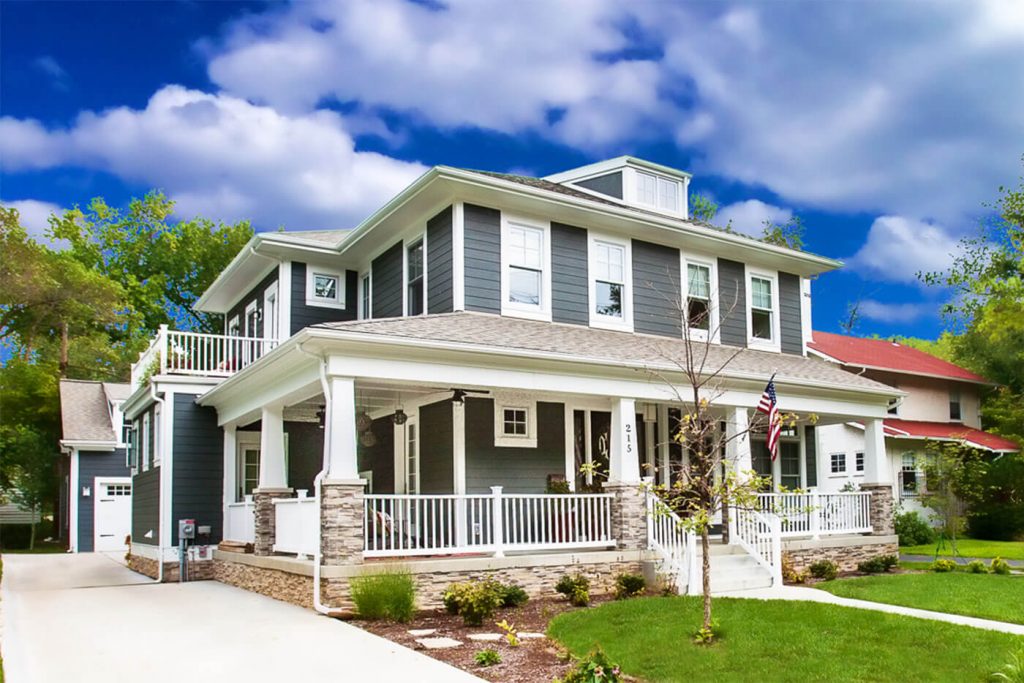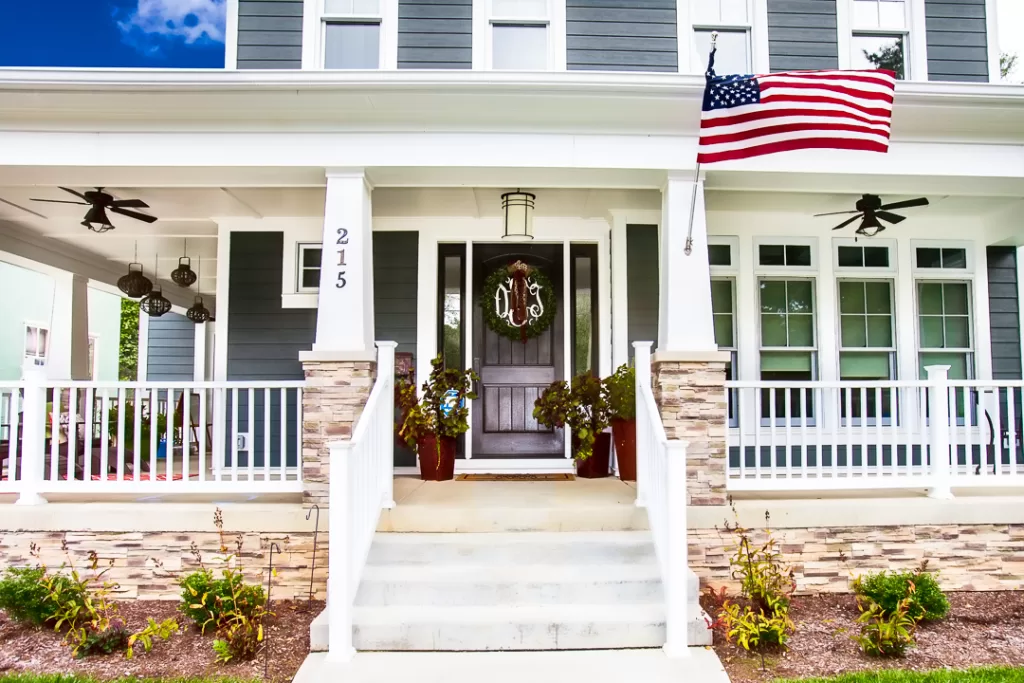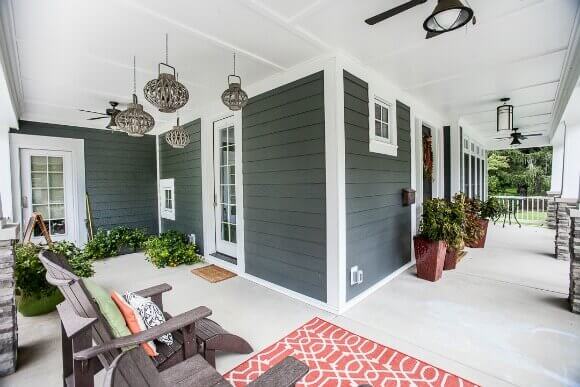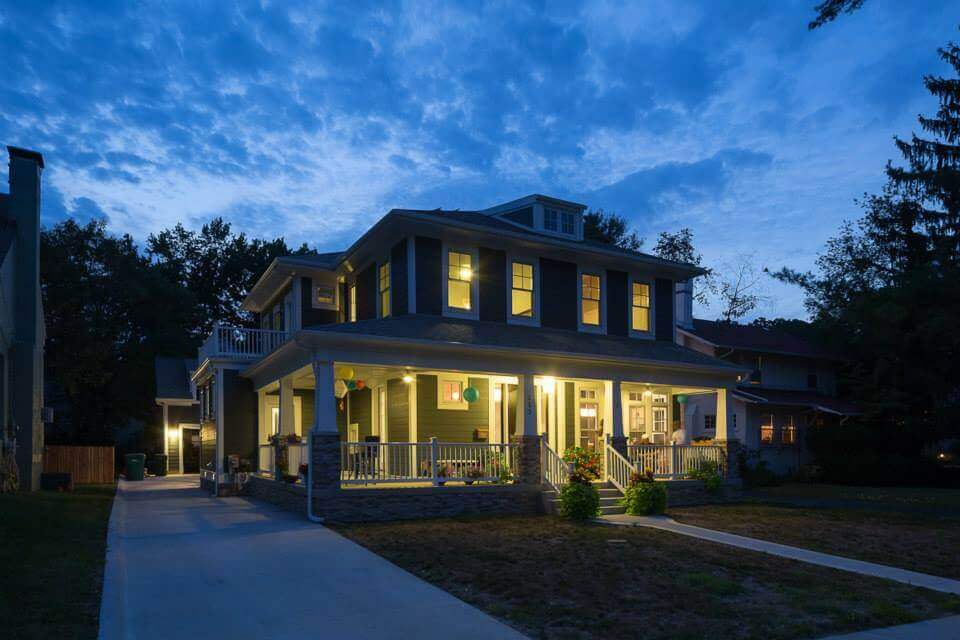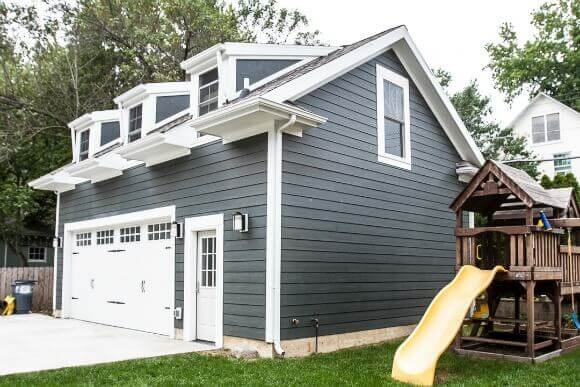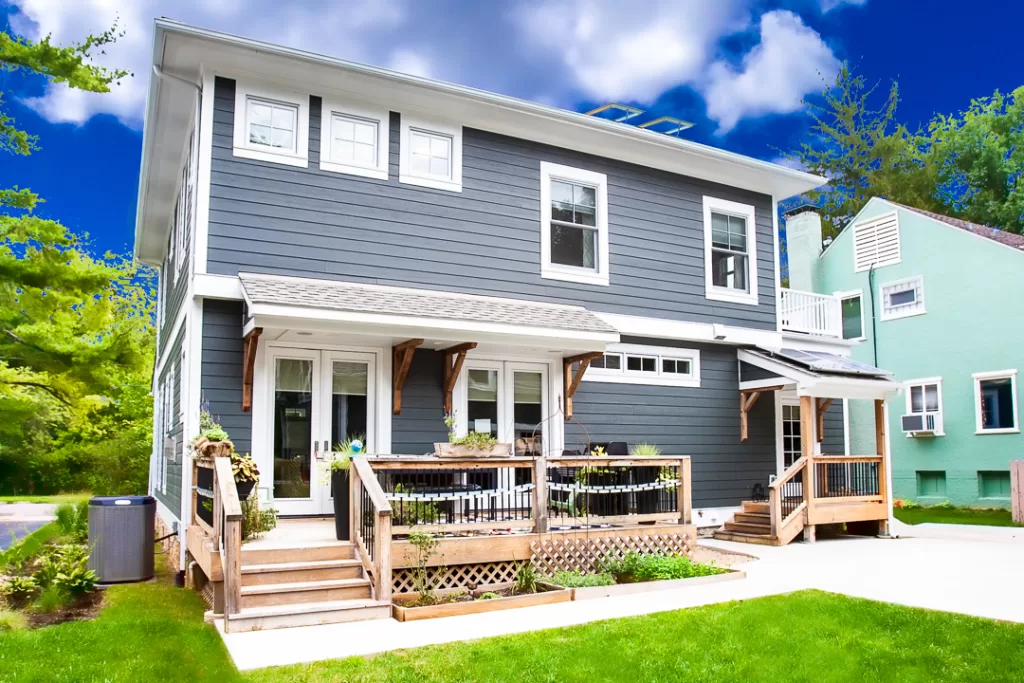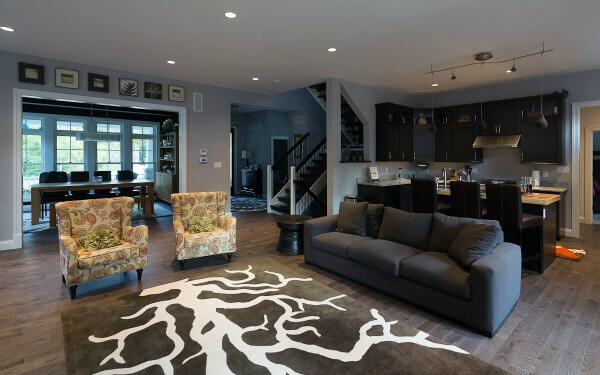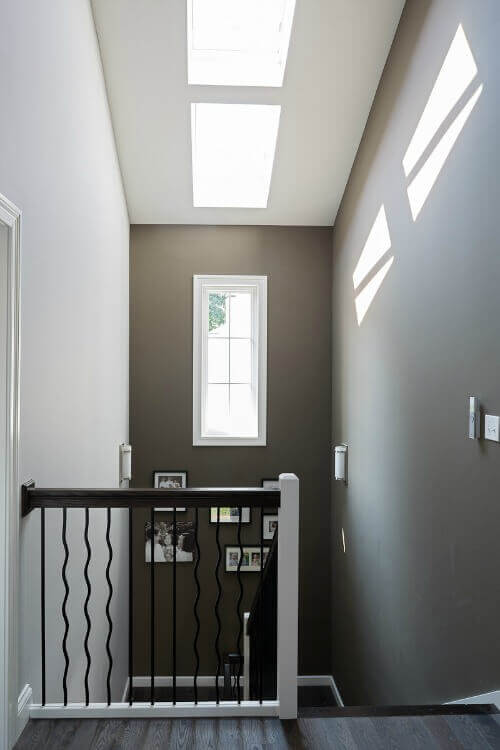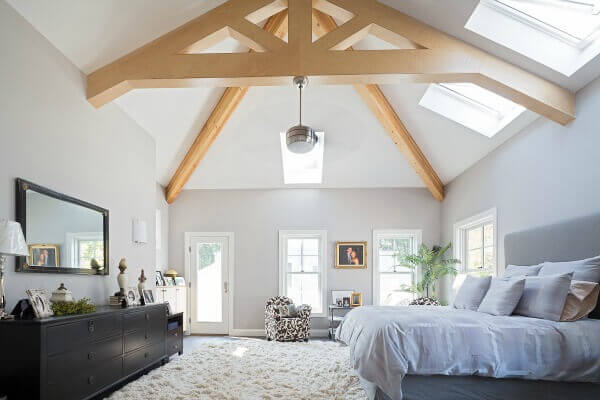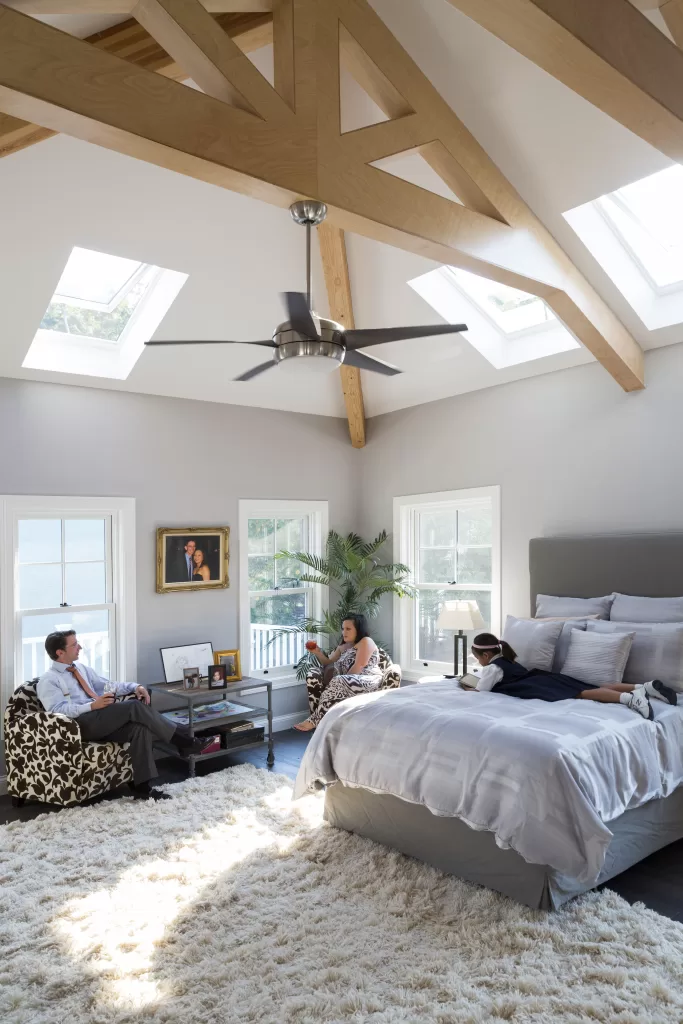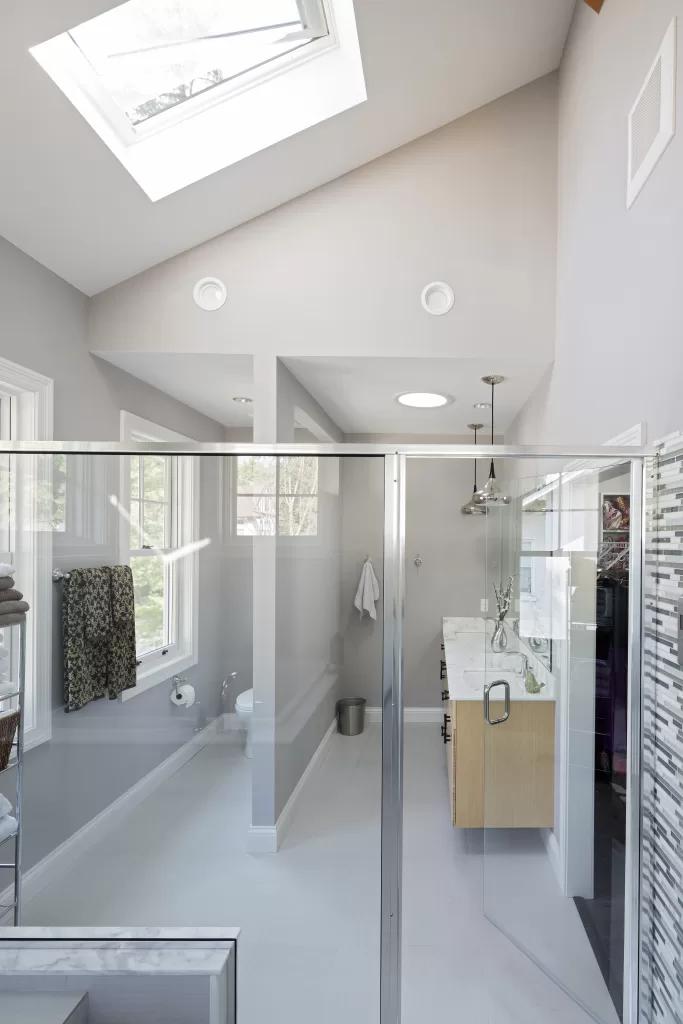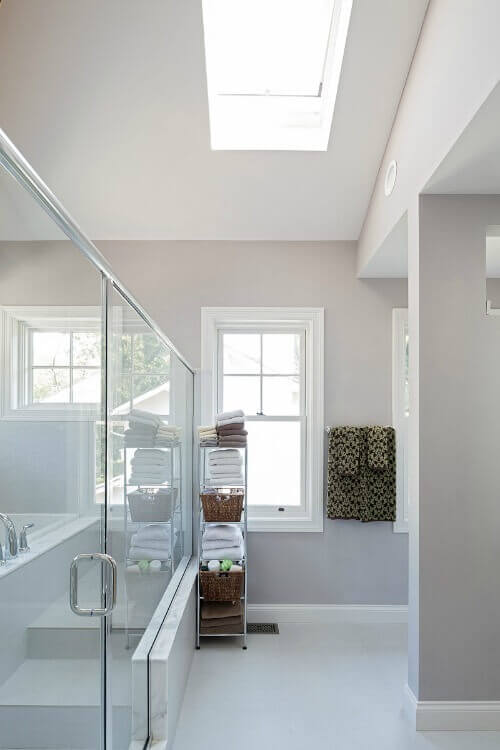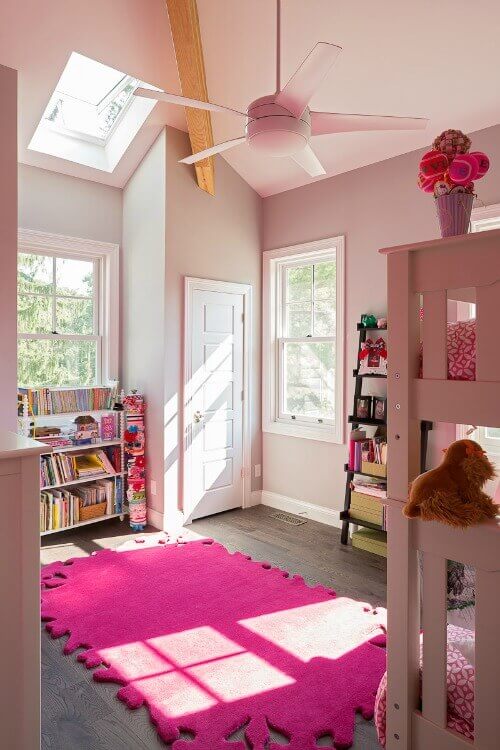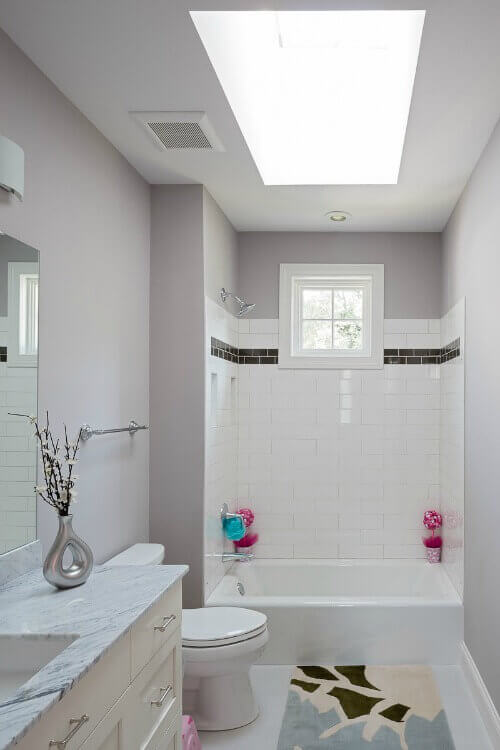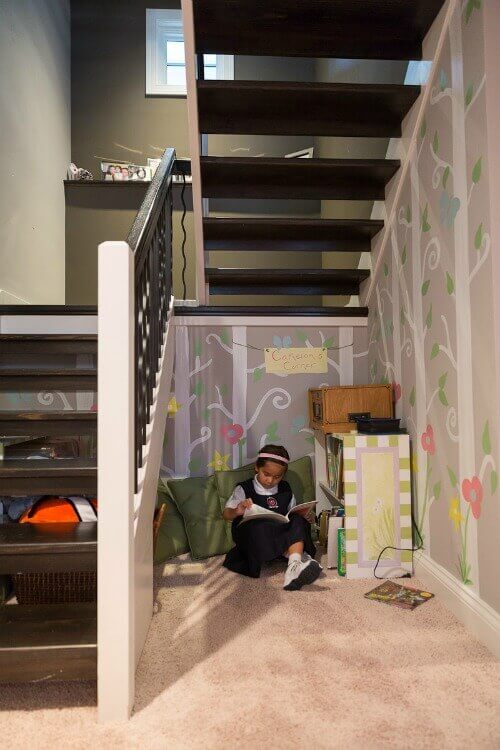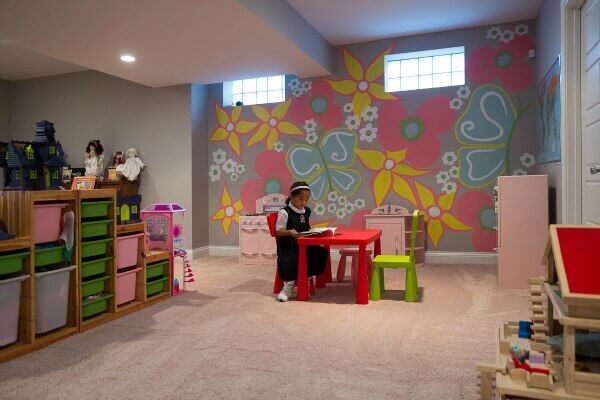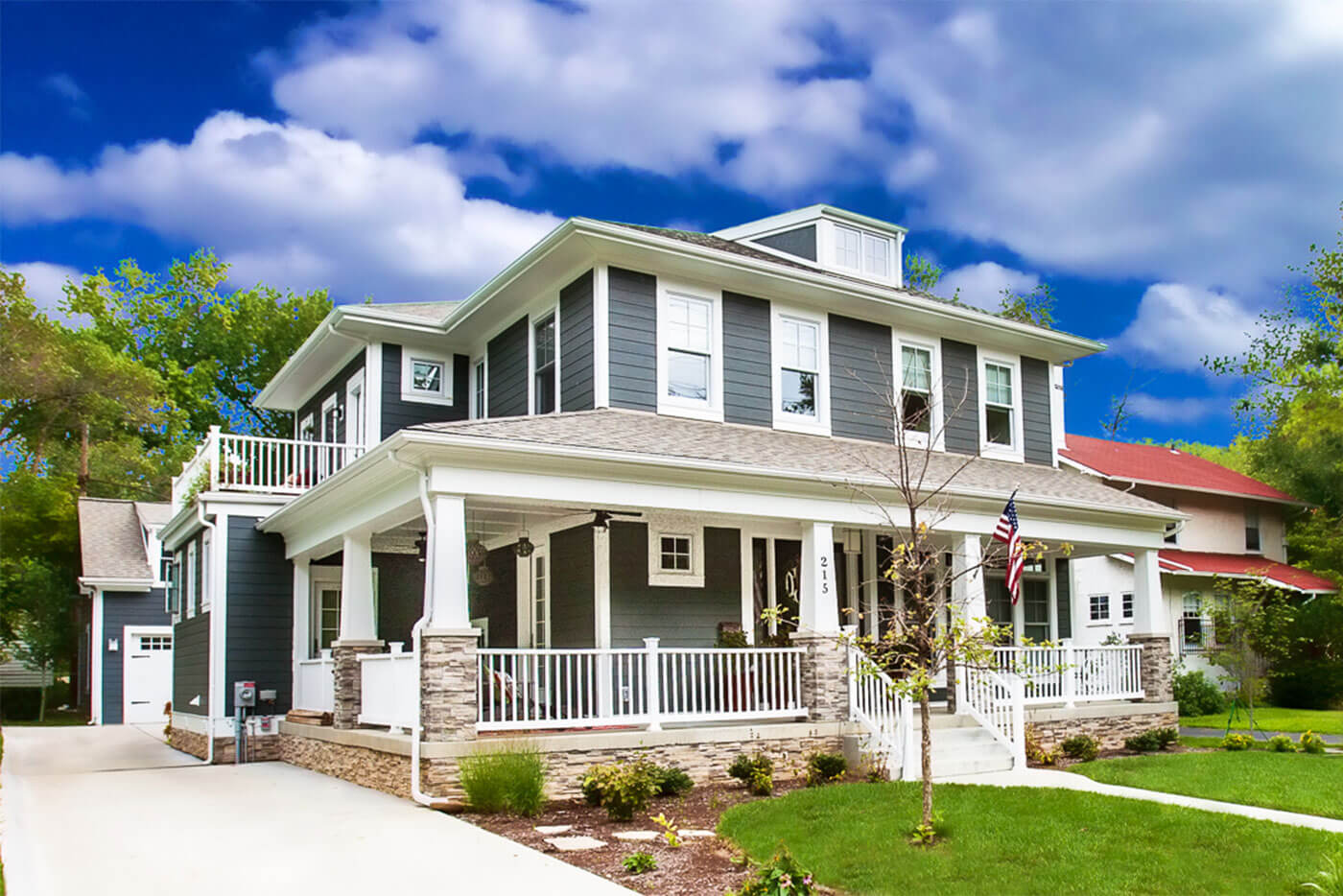
Active House USA IN WEBSTER Groves, MO
Hibbs Homes & the Smith Family Build a North American Prototype Home for Energy Efficient Construction
Designed by Jeff Day & Associates Architects and built by Hibbs Homes, this special home is the very first Active House built in the United States.
Located in the historic suburb of Webster Groves, MO this is the first Active House USA project and was designed as the North American prototype for one of the few worldwide energy efficient home building standards - Active House Alliance.
Active House USA was used as a teaching model for future green homes builders and architects, both during construction and using data from the first year of occupancy.
During construction, Hibbs Homes and our building partners for this project hosted a site tour to show students, neighbors, and other professional builders the holistic approach to high-performance systems and construction that make a home built to Active House standards more comfortable, sustainable, and healthier to live in for the homeowners.
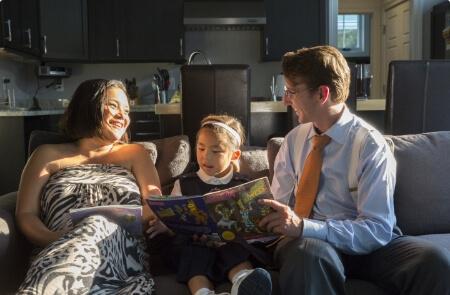
While living in their new home, the Smith Family agreed to monitoring and data collection throughout the first year. This data and observations was provided to the Active House Alliance and universities to illustrate the home's extreme efficiency and the benefits to day-to-day benefits to homeowners.
What makes the Active House guidelines unique is that they are one of the the first of green building standards that designs, builds, measures, and evaluates success with a focus on life inside the home after the homeowners take residence. Things like healthy air quality, comfort, quietness, and longevity of the home's building materials all are taken into account. Simply put, the homeowner's comfort and well-being are at the center of the Active House design.
The Alliance connected with Hibbs Homes because St. Louis was the idea region to test an Active House. Eastern Missouri is unique because of the four-seasons weather, extreme fluctuation of temperature and humidity levels, as well as the variability of extreme weather events. Lessons learned and information proved out from Active House USA translate easily across several regions in North America.
"When Matt Belcher and I initially talked to the Smiths about building them a custom home, we shared our passion for energy efficient high performance building. As we talked with them about the possibility of building an Active House, Thuy and David, who is a CPA and engineer, were truly able to see how it made sense to build to the highest of green building standards now in order to save money in the long run and reduce their carbon footprint. They grew excited that their new home would set an example for the home building industry, encouraging others to build more environmentally responsible houses," said Kim Hibbs, president and founder of Hibbs Homes.
A Home That Is 60% More House, 80% More Efficient
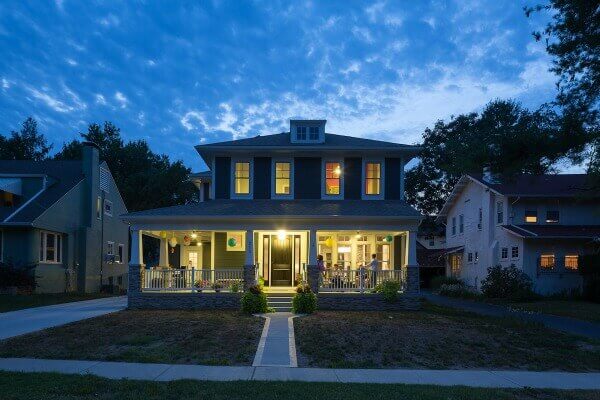
David and Thuy Smith, shared their experience while living in the Active House thus far and how it impacted their lives.
Driving by the Webster Groves Active House, one would hardly be able to tell that it outperforms the homes on either side by 80%. "The design, style, and blending into the neighborhood were extremely important to us. We love the historic nature of Webster but wanted the comfort and amenities of a modern home," said homeowner Smith.
Borrowing from the charm of the surrounding neighborhood, the Modern Craftsman-style home looks right at home nestled between the century-old Webster Groves homes. But inside, the home offers the Smith Family the benefits of the healthier indoor air quality and energy efficiency performance parameters set by the Active House Alliance.
When designing a home that meets Active House guidelines, "full consideration for the way a home is lived in should always be considered. Everything from room to room, and hour to hour of use should drive the final design such that the comfort of the occupants is met or exceeded. This directly impacts the energy use of a home beyond the building envelope and active solar considerations," says Jeff Day, architect of Active House.
The Smith family says even though their new home is 60% bigger than their previous home, their energy bills still are considerably less each month. The energy efficiency of the home is attributed to the extremely tight thermal envelope and their use of five different forms of energy - natural gas, solar PV for electricity, solar thermal for heating, conventional electricity, and optimal solar positioning for daylighting.
Matt Belcher, owner of Verdatek Solutions and Hibbs Homes building partner, served as the lead green building consultant for the project. "Our focus on this home and all our homes and projects is from a true investment standpoint. This is typically the largest investment our clients will make. As with any other investment, we want it to perform over its life as efficiently and effectively as possible for our client. It is purposely built well above code to be durable and comfortable. The fact that it intrinsically has a softer environmental footprint just adds to that value, and is the right thing to do," said Belcher.
Life in the Active House USA
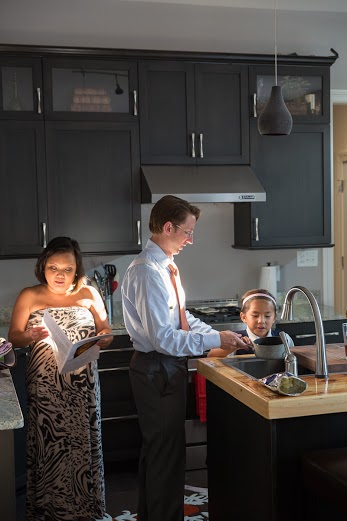
A typical day in this home greatly differs from most. Upon walking into the home, it is impossible not to notice the welcoming natural light. With a liberal use of skylights, the Smith family enjoys natural lighting throughout the day without the need or desire to use artificial lighting. On a beautiful St. Louis day, sensors on the windows detect the outside temperature and automatically open to allow for natural ventilation. Without even lifting a finger those in the home are able to enjoy the fresh air.
Speaking of air, the home was built incredibly tight in order to allow for superior indoor air quality. The University of Missouri studied the home for the first year of living in it with the use of meters and detectors throughout the home that measures things such as humidity, formaldehyde, carbon dioxide, carbon monoxide, and various other air pollutants. The university found that the home's air quality was even better than they expected. Trying to find a draft or area of the home where the temperature drastically changes is nearly impossible. The home maintains a consistent temperature and easily adapts to different temperature demands.
When asked why a potential home owner should consider building green, the Smith family said, "Building green doesn't mean making sacrifices in comfort. On the contrary, the intangible benefits to building green far outweigh the nominal upfront costs."
The future of green home building
Hibbs said, "Active House was incredibly ahead of its time in regards to energy efficient home building techniques. Hibbs Homes uses many of the same building techniques introduced by the Active House project 3 years ago."
Hibbs shared that the demand for high performance homes is increasing, and that builders are working to meet the demand by taking a more holistic approach to home design and building techniques - one that is more cost effective, efficient, and environmentally responsible.
"Today, more and more builders are working to create a home that will last longer, use less energy, and provide better indoor air quality and comfort," said Hibbs.
When Active House was under construction, the national percentage of builders choosing to build green was at about 10%. Today, that has grown by nearly 400% - with a projected 40% of home builders opting to include higher standards of energy efficiency and durability within the next 2 years, according to Belcher.

